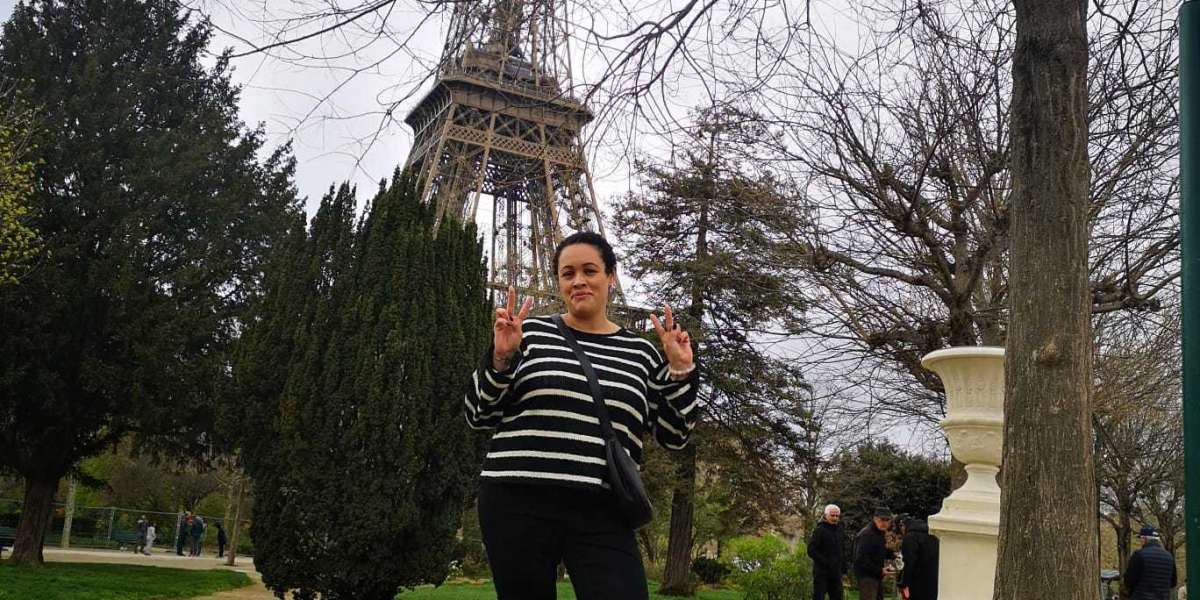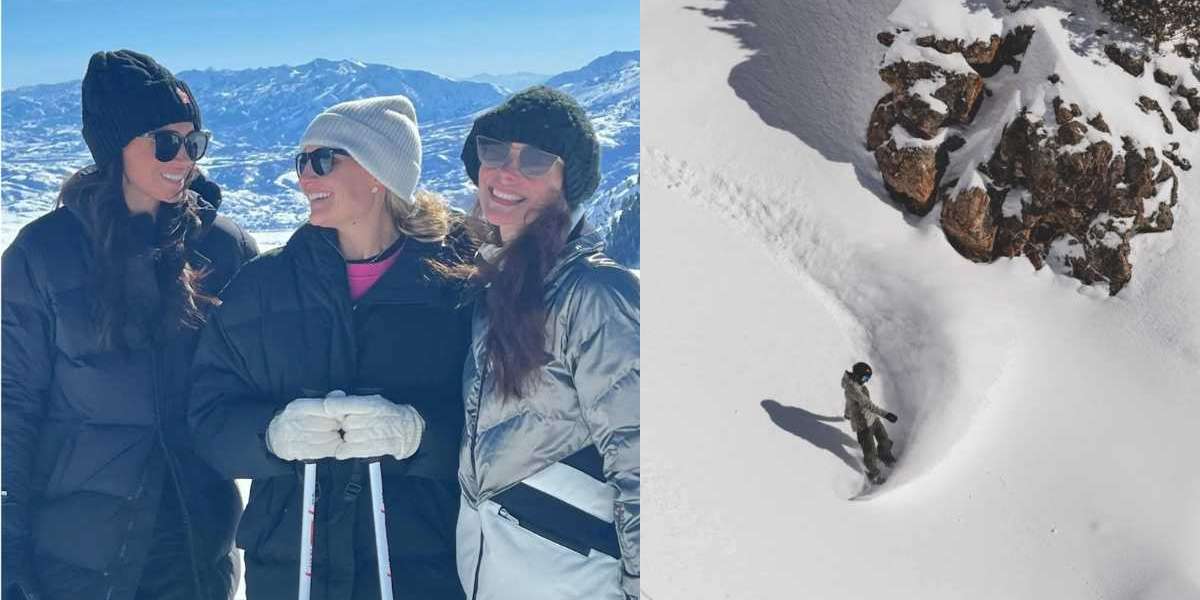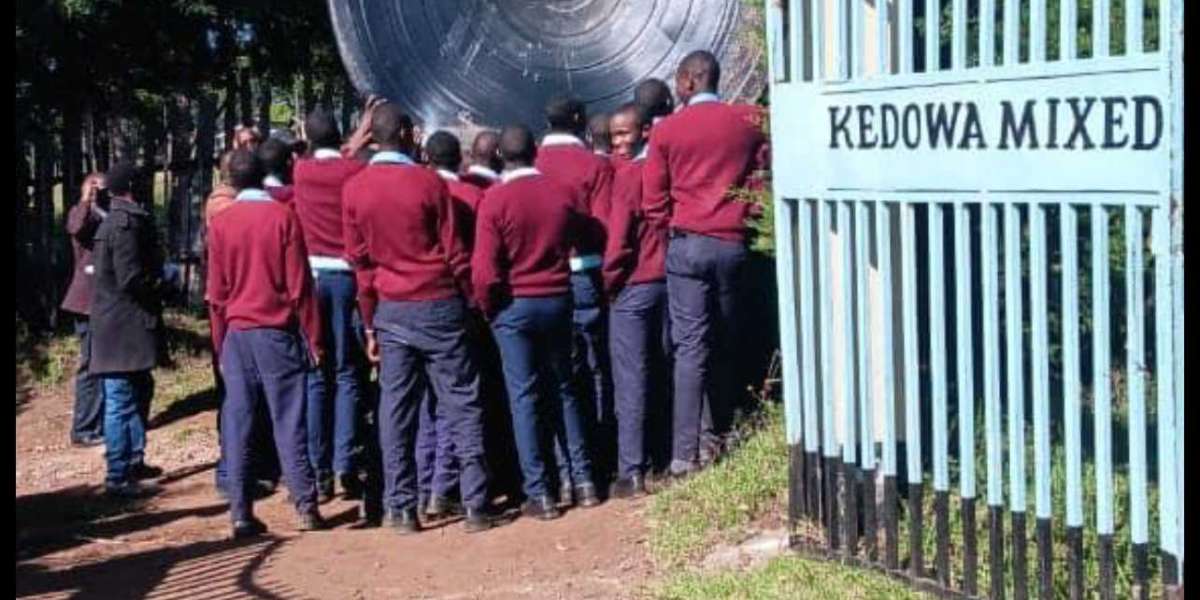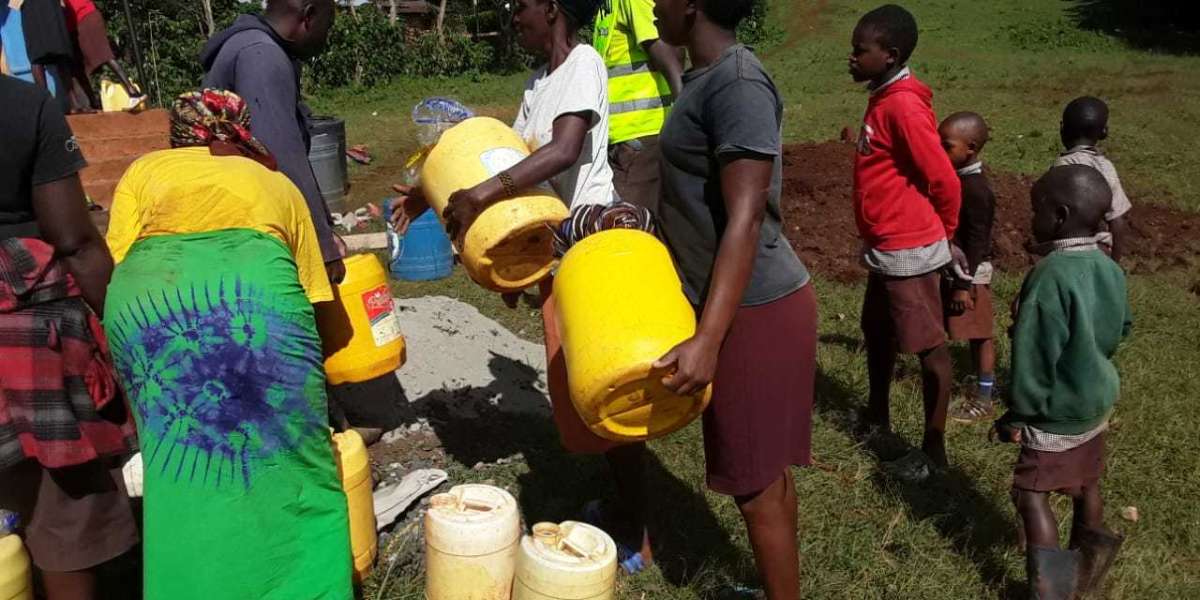Nepal is a trekker’s paradise, offering everything from gentle trails for beginners to high-altitude expeditions for seasoned mountaineers. With the Himalayas forming a dramatic backdrop and a diverse range of routes to choose from, Nepal’s trekking scene continues to thrive in 2025.
Why Trek in Nepal?
Nepal boasts eight of the world’s fourteen 8,000-meter peaks, including Mount Everest. But you don’t have to climb the highest mountains to enjoy the country’s natural beauty. From cultural encounters in remote villages to breathtaking views of snow-covered peaks, Nepal’s trekking routes offer something for everyone. The trails are well-developed, and local communities are welcoming, making Nepal an ideal destination for trekking in 2025.
Best Treks in Nepal for Beginners
1. Ghorepani Poon Hill Trek
Duration: 4–5 days
Max Elevation: 3,210 m
Start/End Point: Nayapul
Poon Hill is one of the most popular short treks in Nepal. Ideal for beginners, this trek offers spectacular panoramic views of Annapurna and Dhaulagiri ranges without the demands of high altitude. The trail takes you through rhododendron forests and traditional Gurung and Magar villages. The sunrise view from Poon Hill is among the most photographed scenes in Nepal.
Why it’s great for beginners:
Short duration
Moderate elevation
Comfortable teahouse accommodations
2. Langtang Valley Trek
Duration: 7–10 days
Max Elevation: 4,984 m (Tserko Ri)
Start/End Point: Syabrubesi
Langtang Valley is often referred to as Nepal’s “hidden valley” due to its relative solitude compared to Annapurna and Everest regions. The trail is not overly strenuous and offers a great introduction to Himalayan trekking. With fewer crowds and excellent mountain views, it’s perfect for trekkers looking for a quieter experience.
Why it’s great for beginners:
Less crowded
Easy logistics from Kathmandu
Cultural immersion in Tamang villages
Best Treks for Intermediate Trekkers
3. Everest Base Camp Trek
Duration: 12–14 days
Max Elevation: 5,364 m
Start/End Point: Lukla
A dream destination for many, the Everest Base Camp (EBC) trek is best suited for those with some trekking experience. The trail passes through Sherpa villages, Buddhist monasteries, and iconic spots like Namche Bazaar and Tengboche. The highlight is standing at the base of the world’s tallest mountain, a reward that makes every step worthwhile.
Why it's ideal for intermediates:
Demanding altitude but achievable with acclimatization
Well-developed infrastructure
Rich cultural and natural experiences
4. Annapurna Base Camp Trek
Duration: 7–11 days
Max Elevation: 4,130 m
Start/End Point: Nayapul or Jhinu Danda
Annapurna Base Camp (ABC) combines stunning alpine landscapes with rich cultural exposure. The trail moves from lush forests to high alpine terrain, offering views of Annapurna I, Machapuchare (Fishtail), and other peaks. Though not as high as Everest Base Camp, the ABC trek still offers a real Himalayan adventure.
Why it's ideal for intermediates:
Moderate altitude and gradual gain
Diverse scenery
Comfortable teahouses throughout the route
Best Treks for Advanced Trekkers and Experts
5. Everest Three Passes Trek
Duration: 18–21 days
Max Elevation: 5,535 m (Kongma La Pass)
Start/End Point: Lukla
The Everest Three Passes Trek is a challenging route that takes you over three high passes: Kongma La, Cho La, and Renjo La. This trek connects multiple valleys in the Everest region, including visits to Everest Base Camp and the Gokyo Lakes. It’s physically demanding and requires good fitness and acclimatization experience.
Why it's best for experts:
High-altitude passes with steep ascents and descents
Long duration and remote sections
Comprehensive experience of the Everest region
6. Manaslu Circuit Trek
Duration: 14–17 days
Max Elevation: 5,160 m (Larkya La Pass)
Start/End Point: Soti Khola to Dharapani
The Manaslu Circuit is a remote and less commercialized alternative to Annapurna or Everest regions. It circumnavigates the eighth-highest mountain in the world, Mount Manaslu. The trail offers dramatic scenery, deep gorges, and Tibetan-influenced culture. Since it lies in a restricted area, you need a special permit and must trek with a guide.
Why it’s for advanced trekkers:
Remote and isolated terrain
High-altitude pass crossing
Requires guide and permits
7. Kanchenjunga Base Camp Trek
Duration: 20–24 days
Max Elevation: 5,143 m (Pangpema)
Start/End Point: Taplejung
Kanchenjunga, the world’s third-highest peak, offers a truly off-the-beaten-path trekking experience. This trek to the north and south base camps takes you through pristine forests, alpine meadows, and remote villages. It’s long, challenging, and suited for experienced trekkers looking for solitude and raw Himalayan wilderness.
Why it’s suited to experts:
Very remote and logistically challenging
Requires special permits
Demanding route with significant elevation gain
Tips for Choosing the Right Trek in Nepal
Assess your fitness level and experience:
If you’re new to trekking, start with shorter and lower altitude treks like Poon Hill or Langtang Valley. For those with good stamina and some experience, treks like EBC or ABC offer a rewarding step up. Experts can push themselves with high passes or remote circuits.Consider the best seasons to trek:
The best trekking seasons in Nepal are spring (March to May) and autumn (September to November). These months offer clear skies, stable weather, and vibrant landscapes. Winter treks are possible at lower elevations, while the monsoon season (June to August) brings heavy rain and landslides.Hire a guide or porter if needed:
While many popular treks can be done independently, hiring a guide enhances safety and provides cultural insight. For remote or restricted areas like Manaslu or Kanchenjunga, guides are mandatory.Acclimatization is key:
For treks above 3,000 meters, acclimatization days are crucial to avoid altitude sickness. Don’t rush, and always listen to your body.
Final Thoughts
Nepal continues to be the ultimate destination for trekkers of all levels in 2025. Whether you’re drawn by the cultural richness, the awe-inspiring peaks, or the thrill of walking ancient trails, there’s a route waiting for you. With proper preparation and respect for local customs and nature, trekking in Nepal can be one of the most rewarding adventures of your life.
Choose your trail, pack your gear, and let the Himalayas welcome you on an unforgettable journey.








